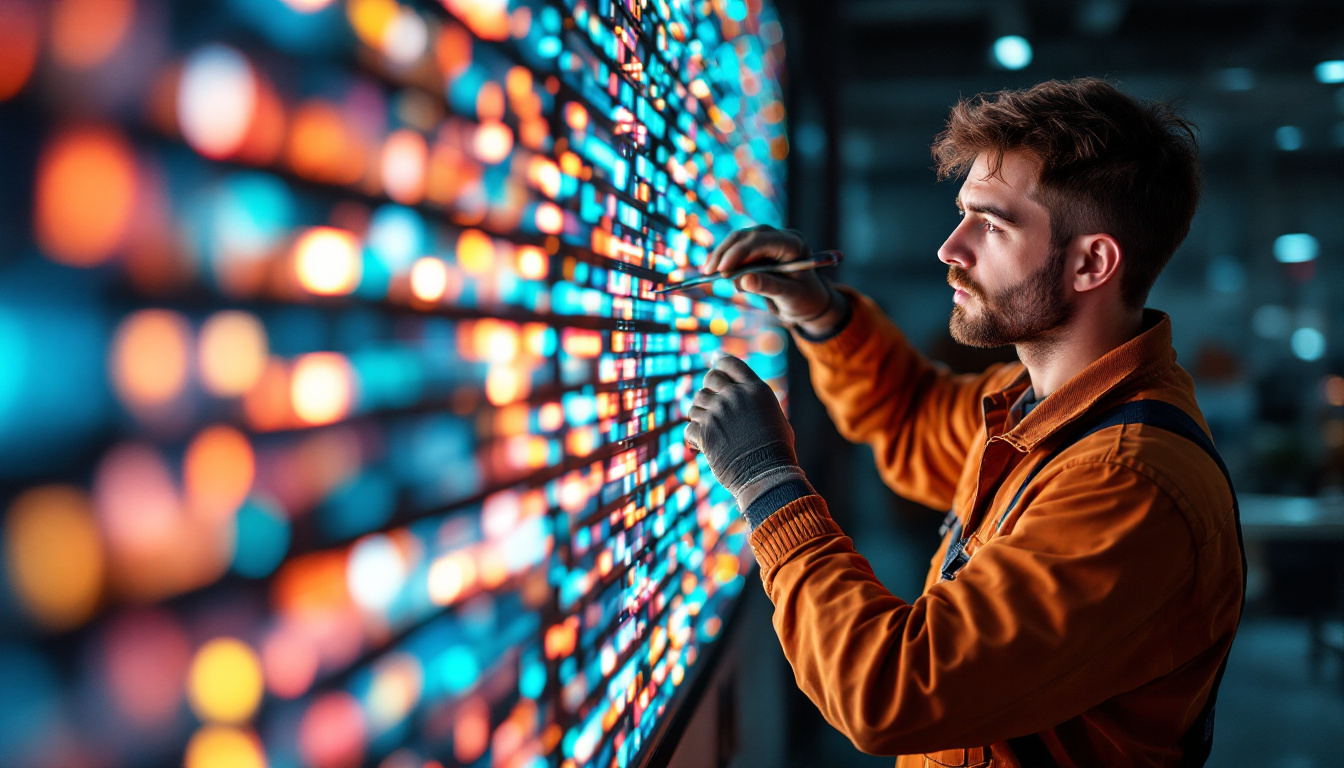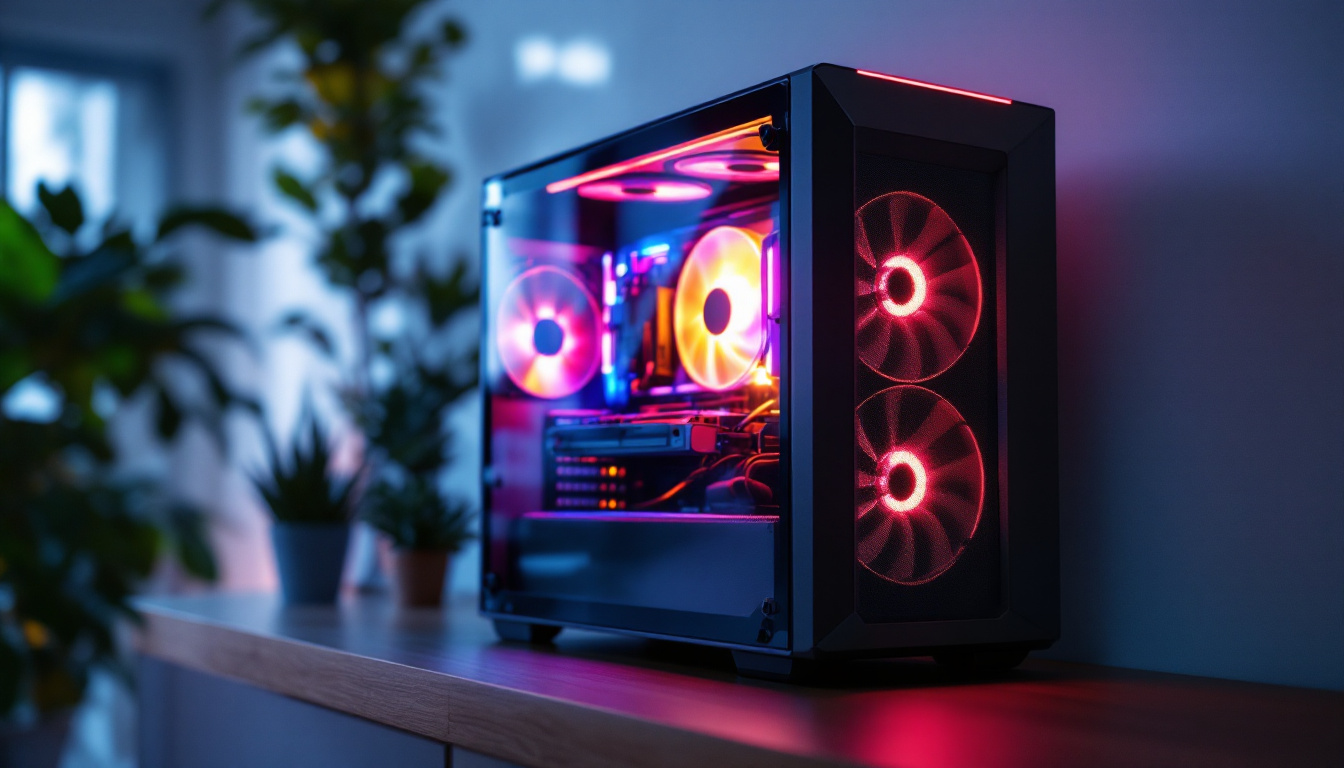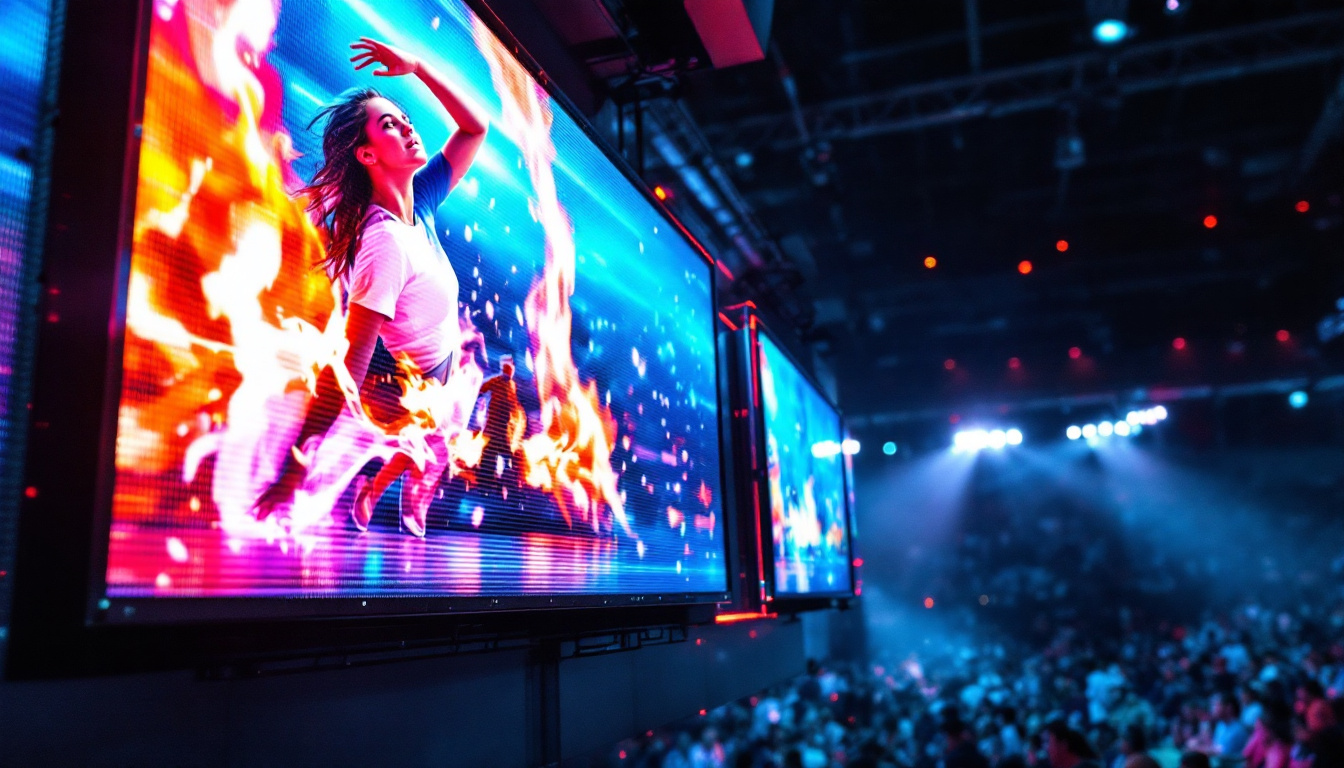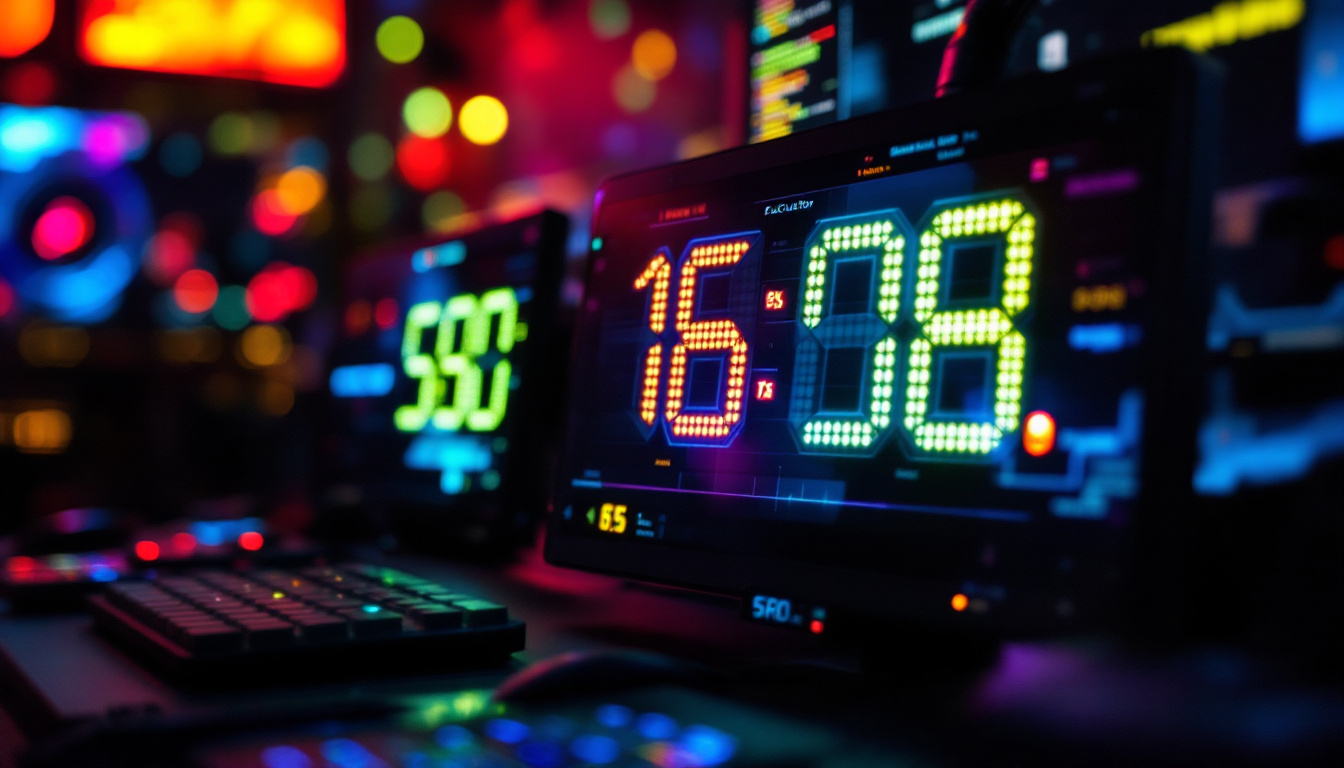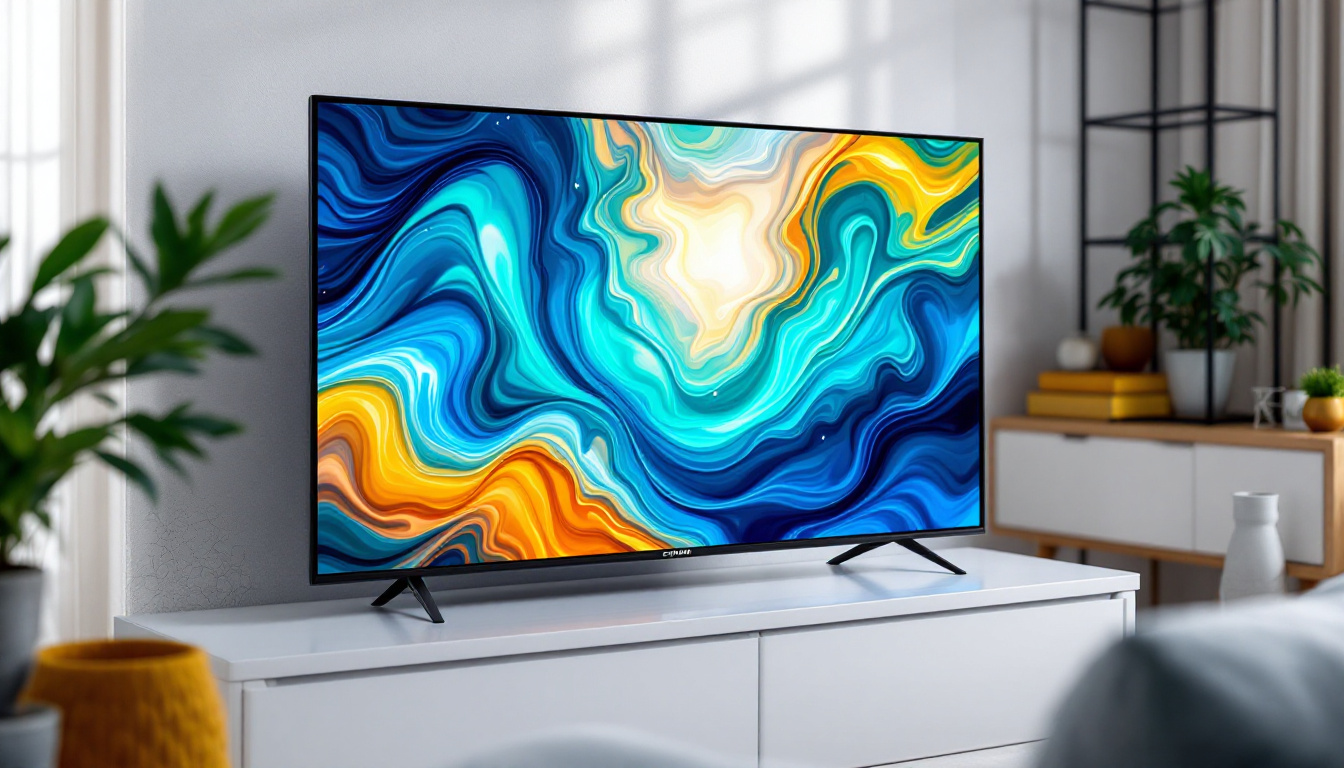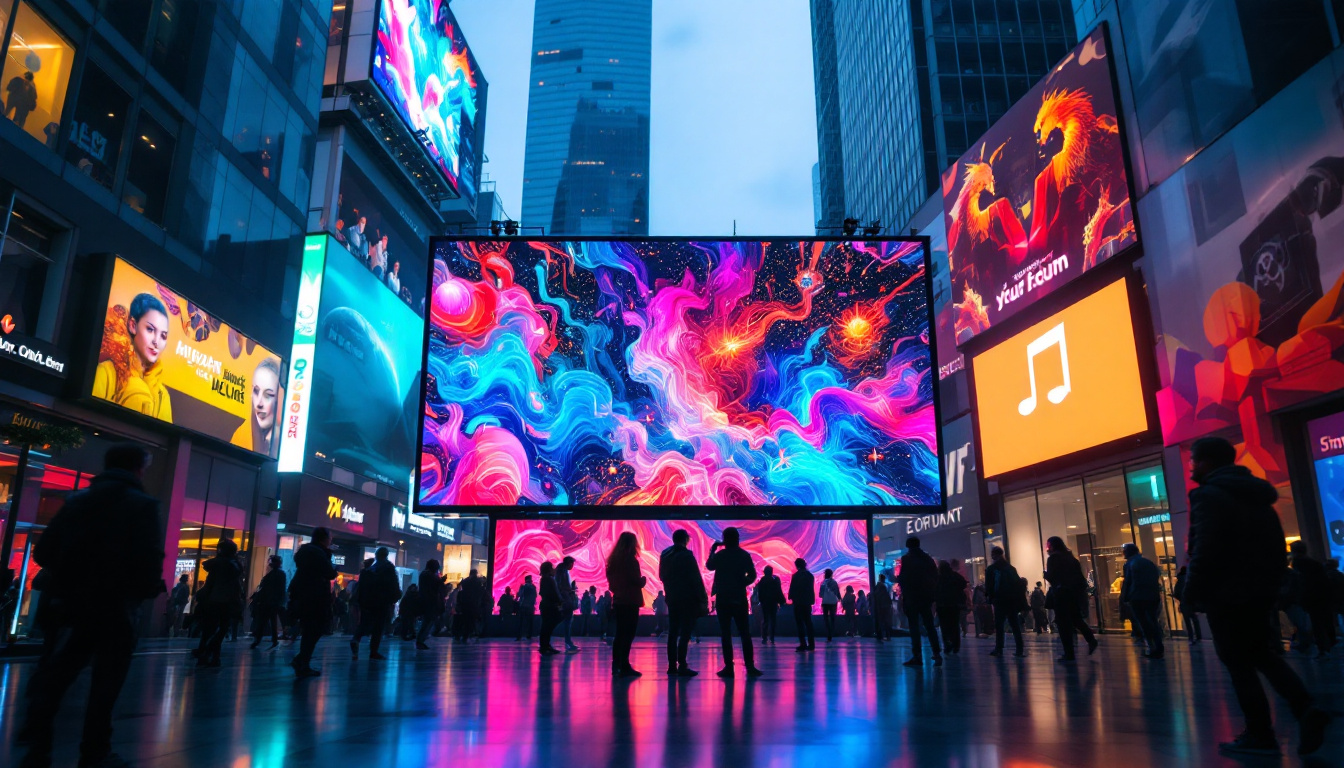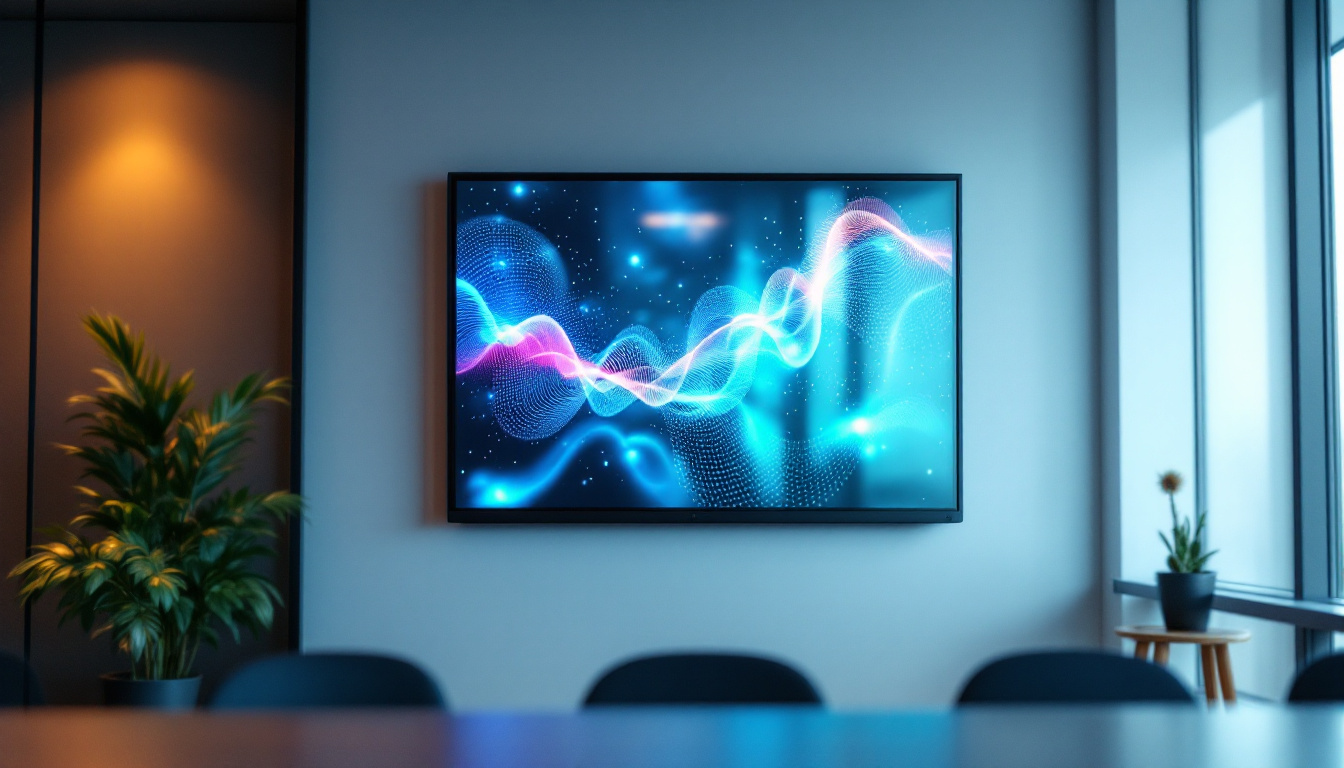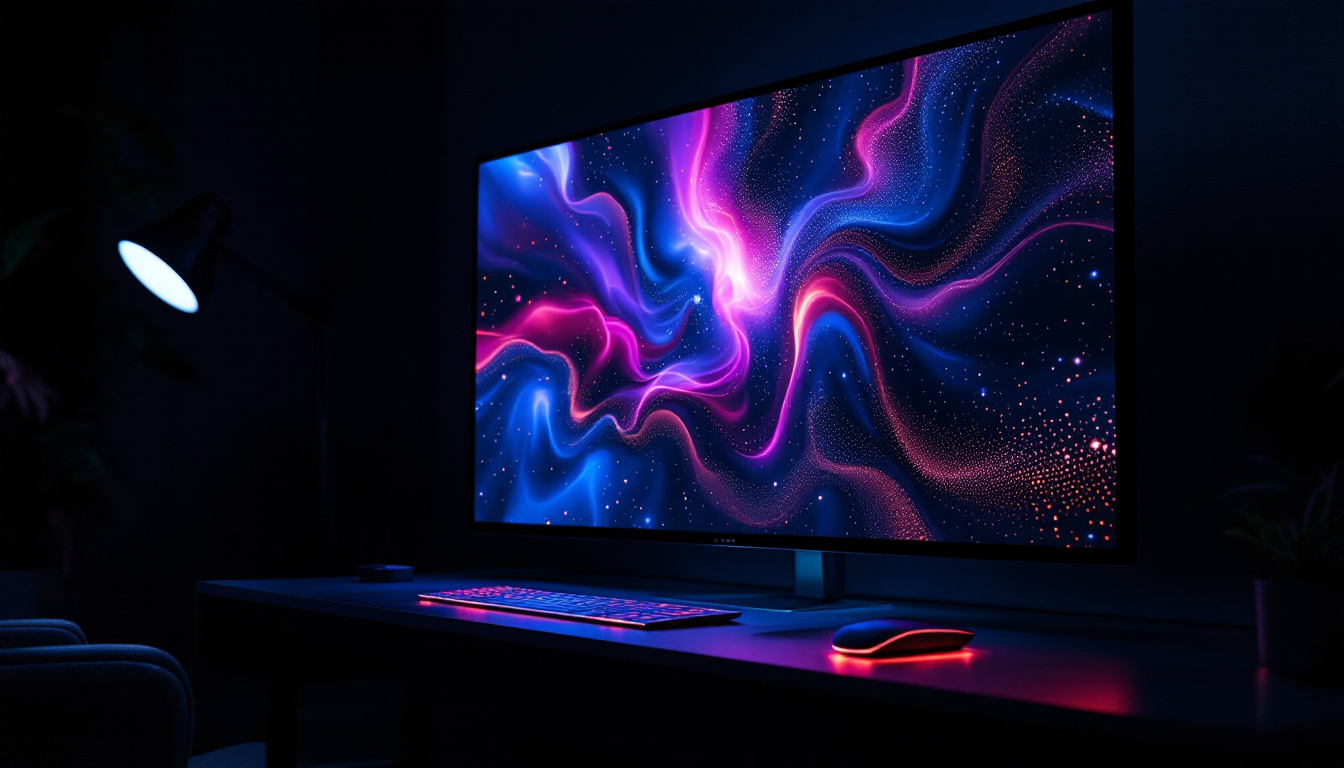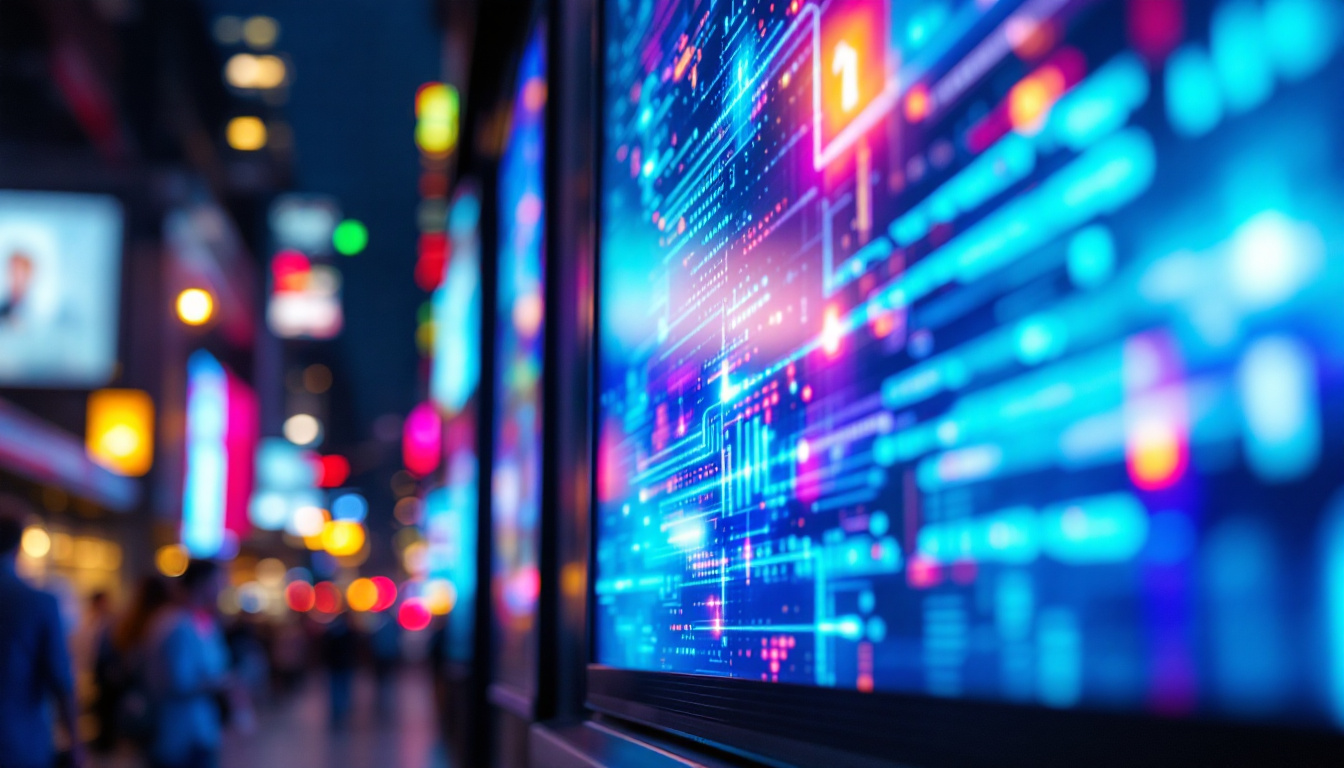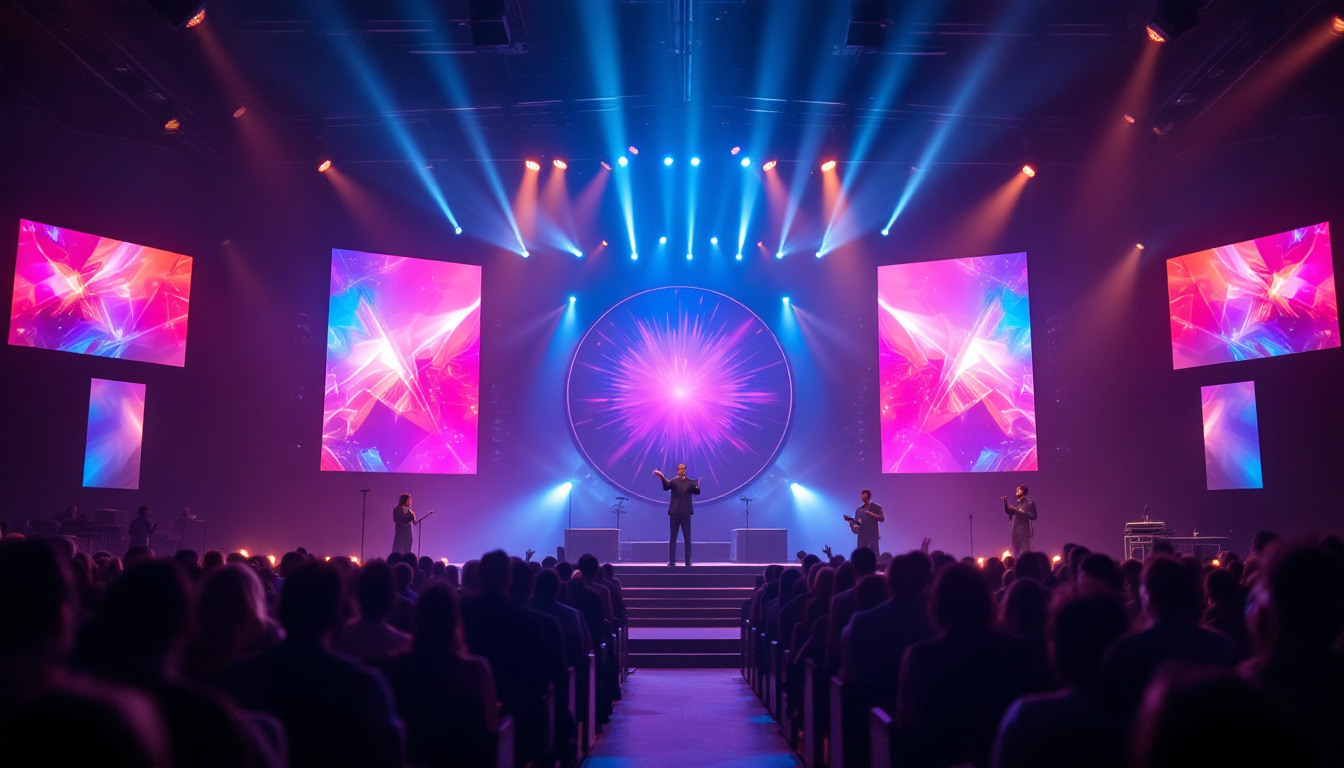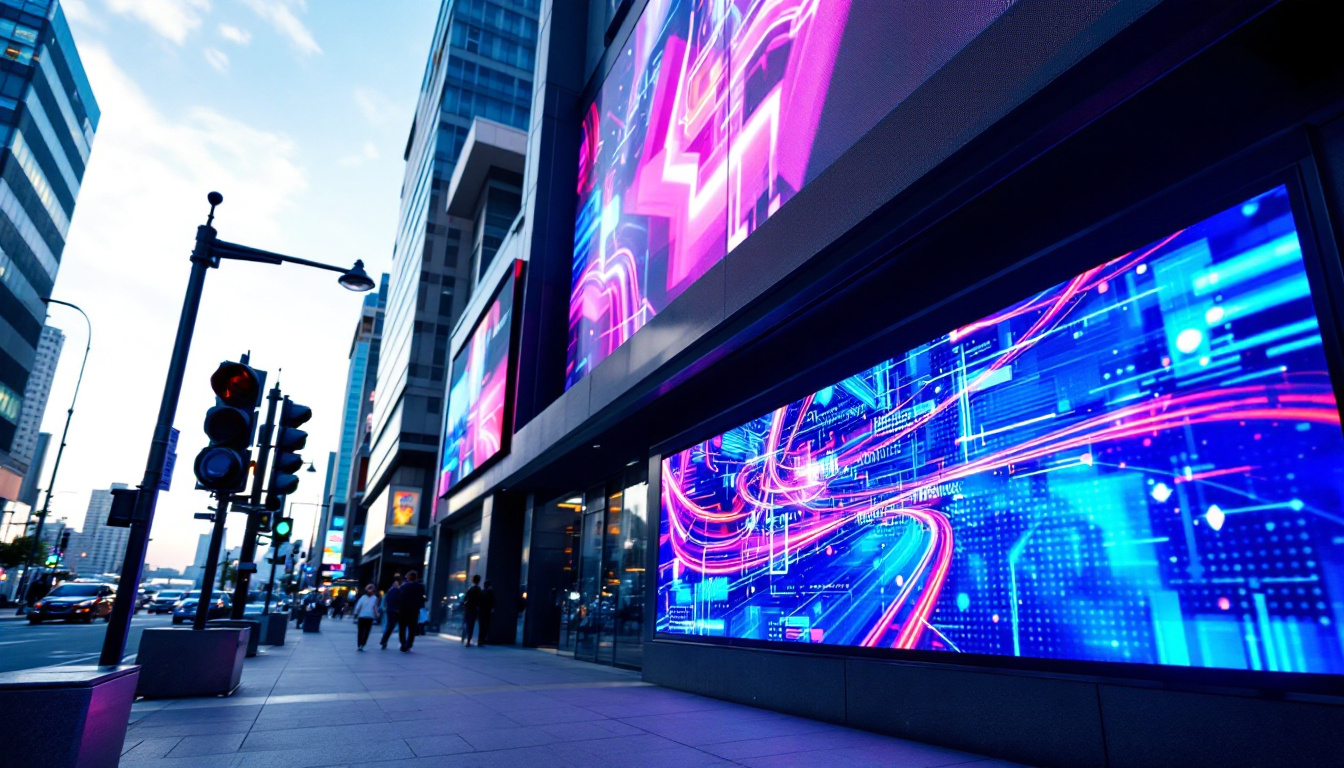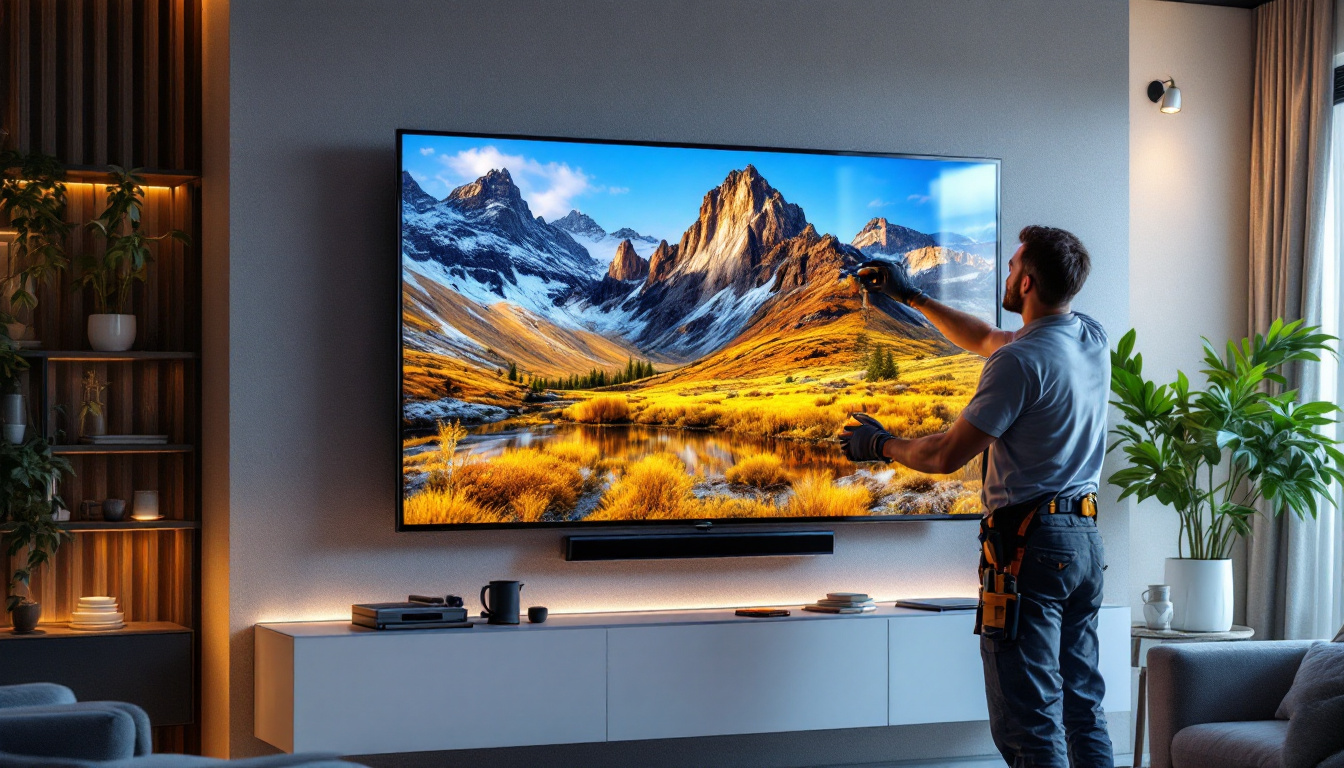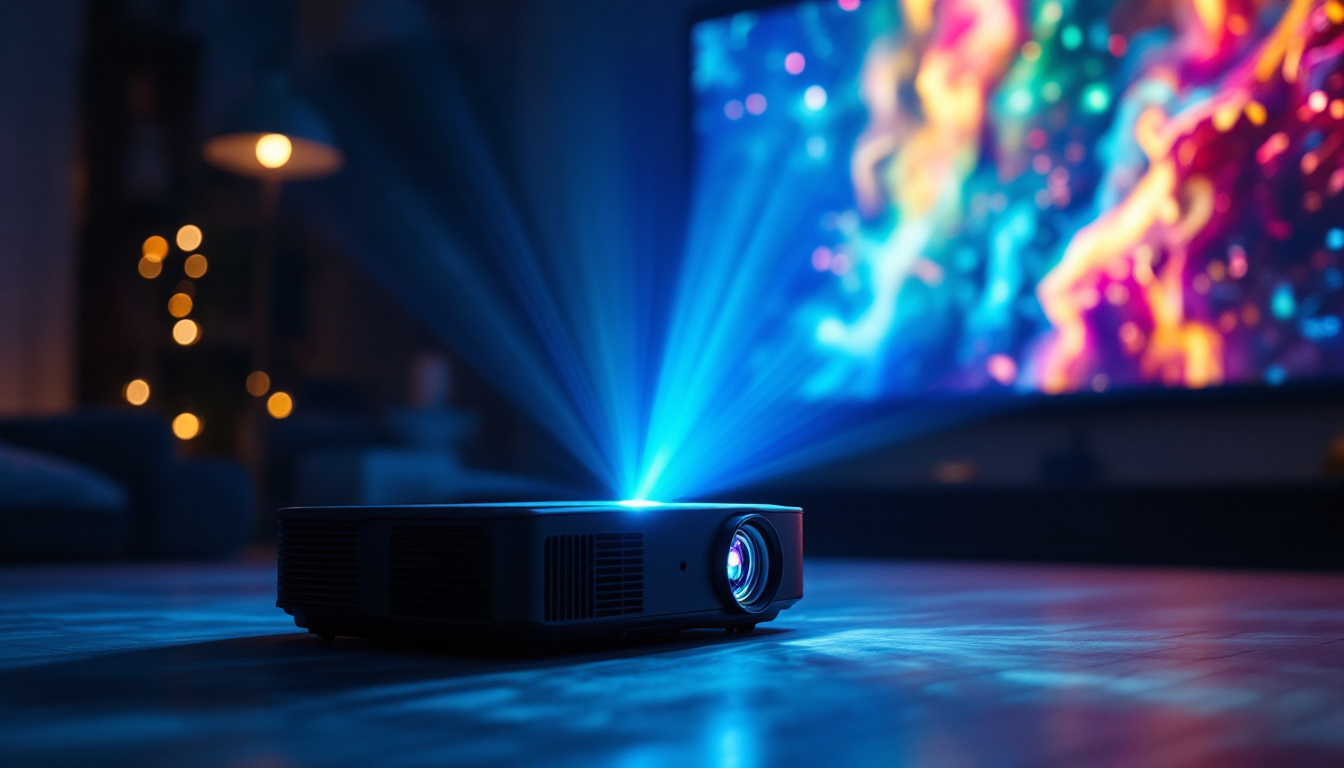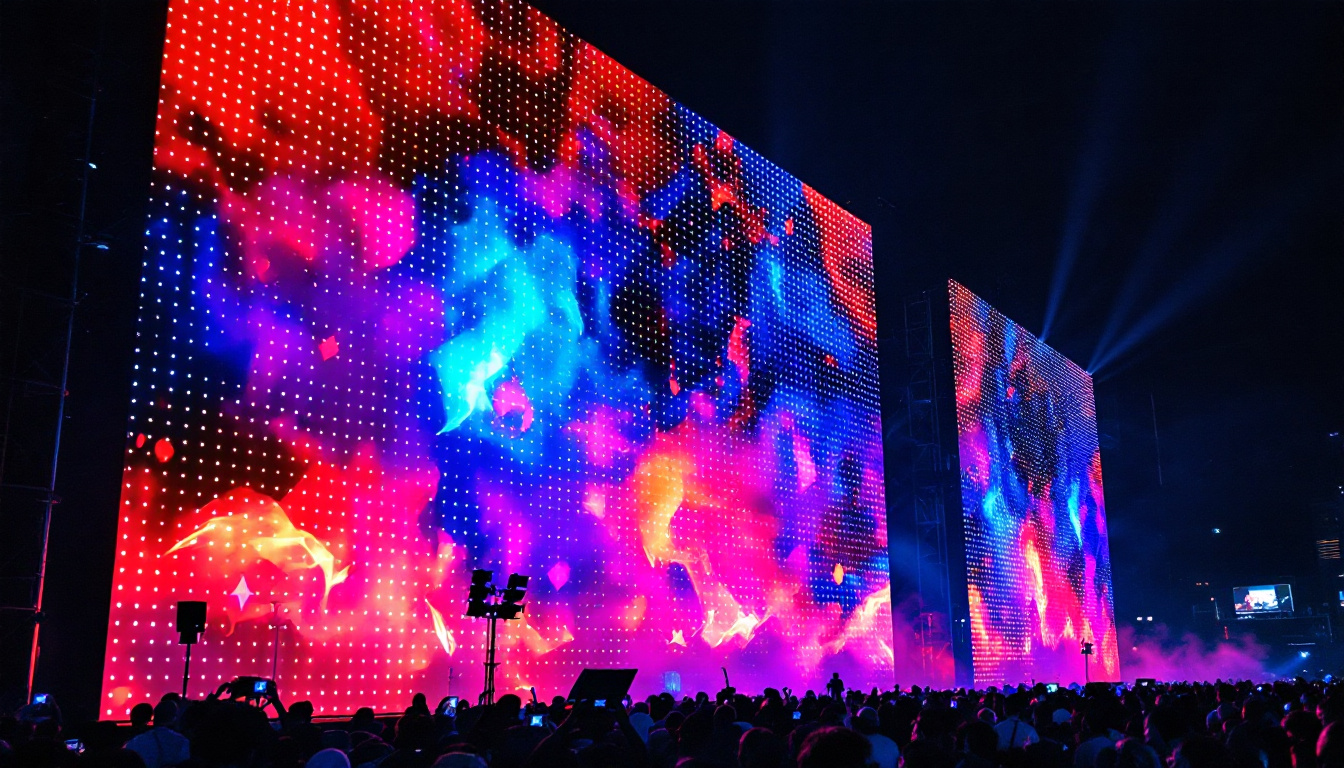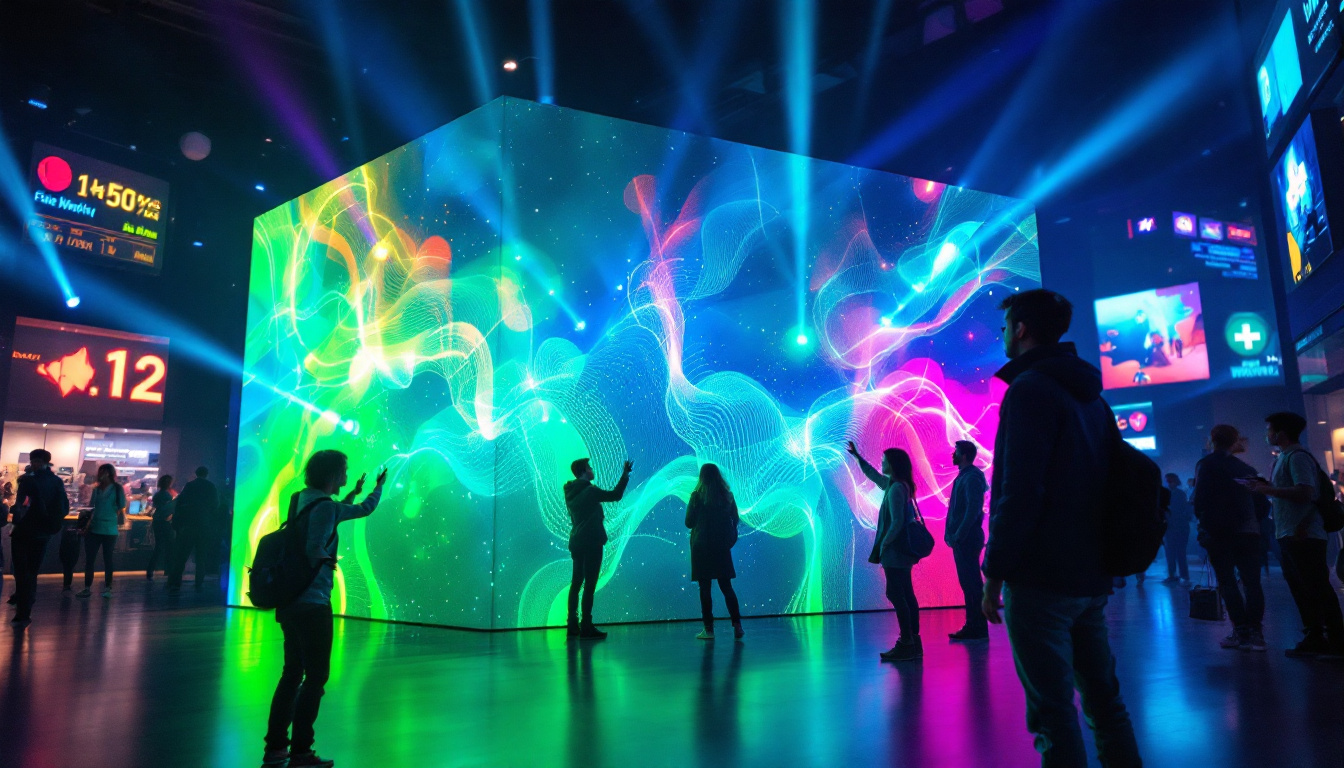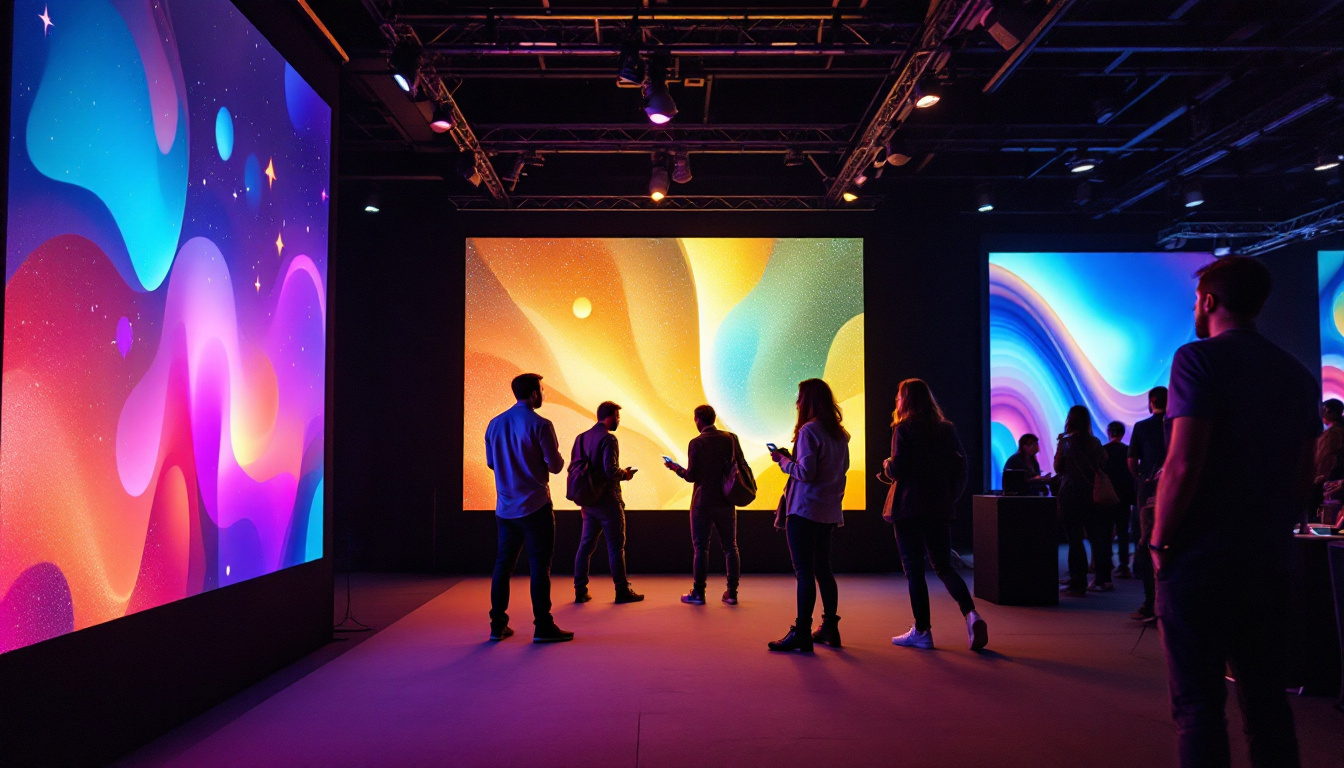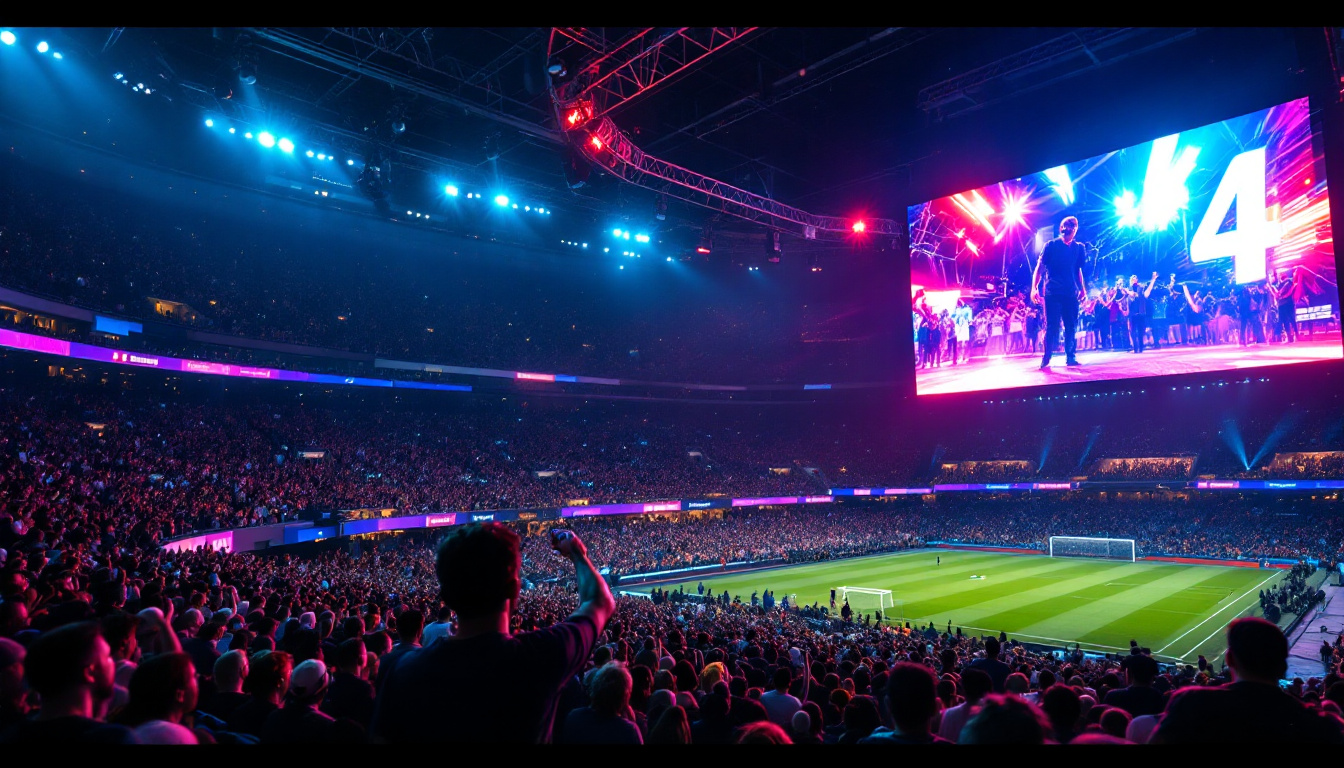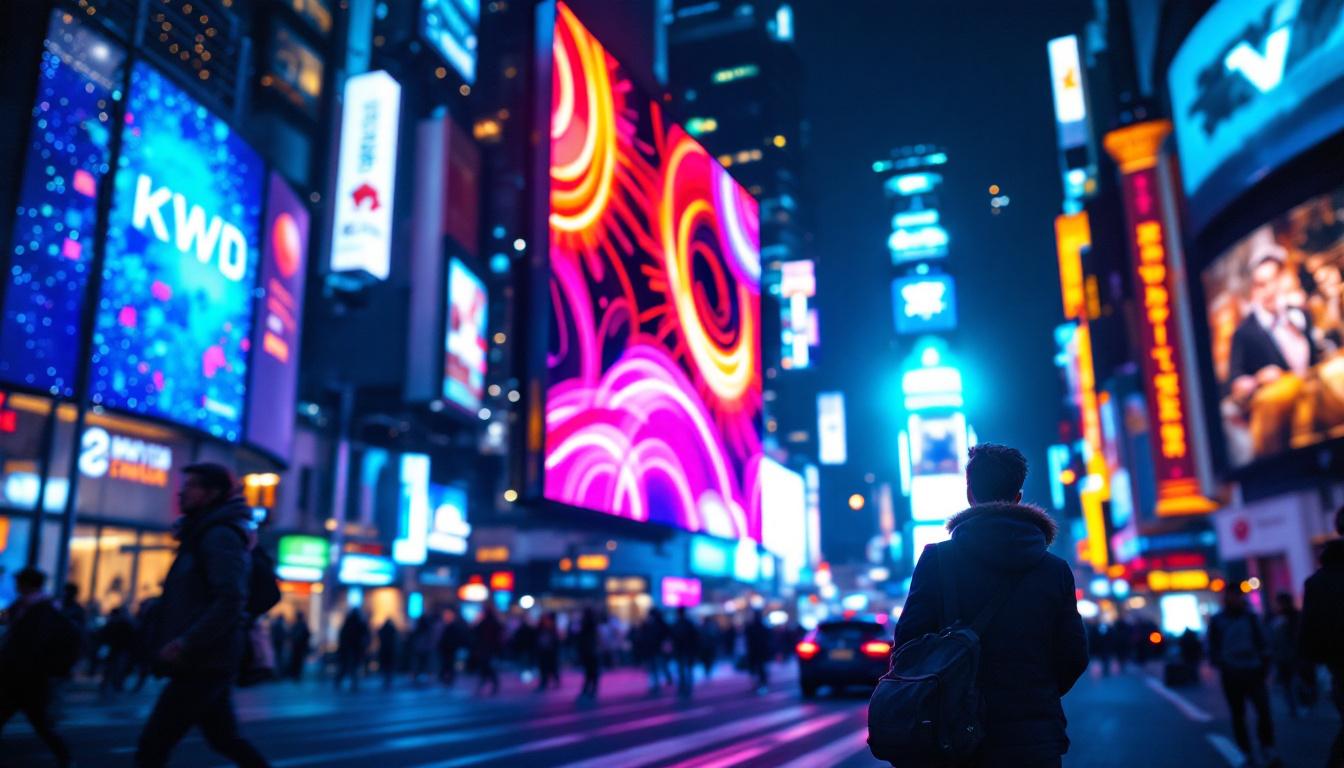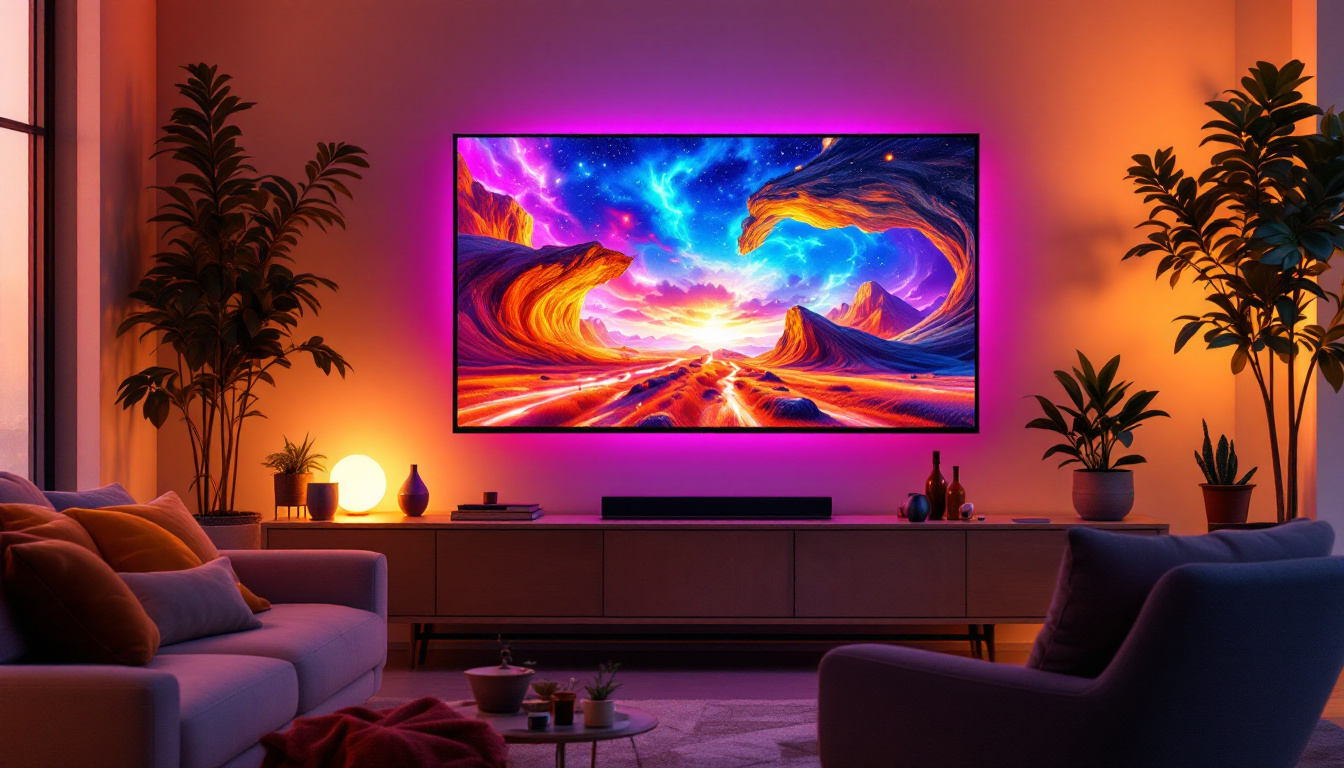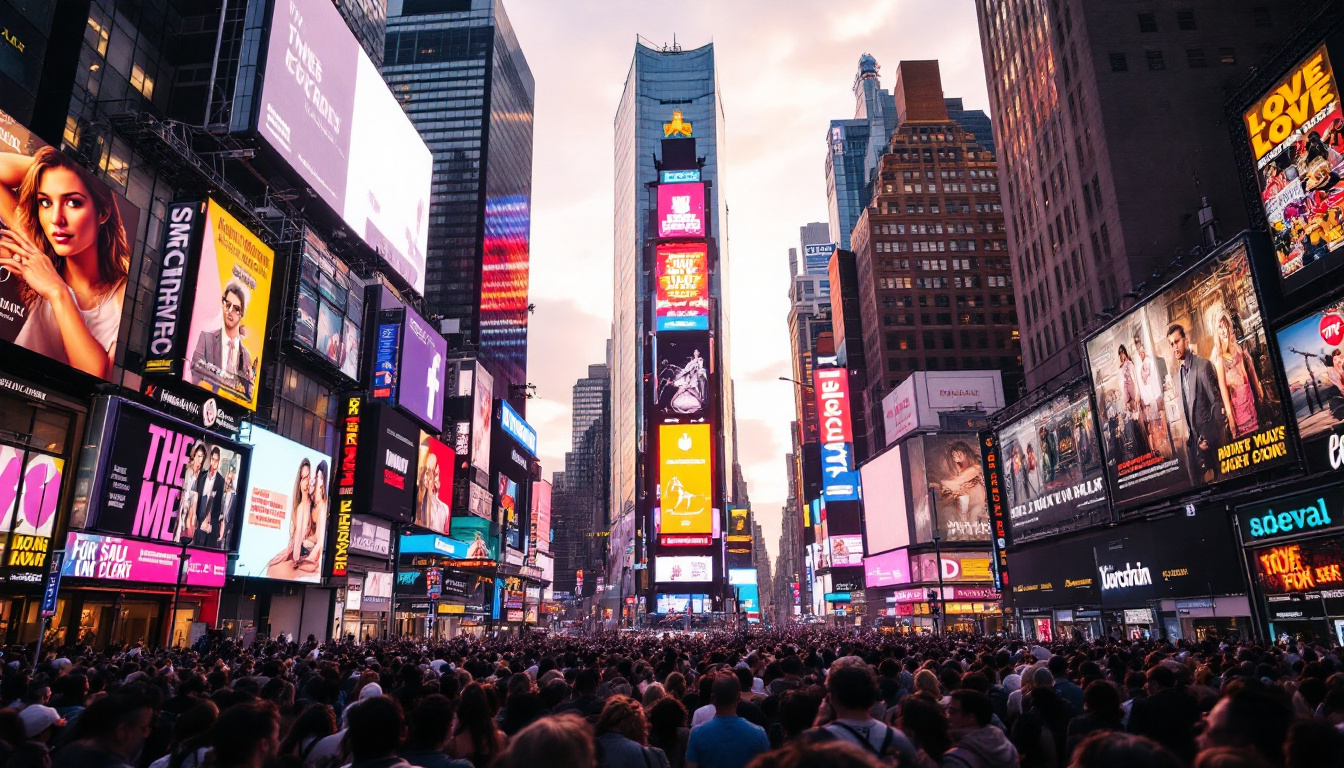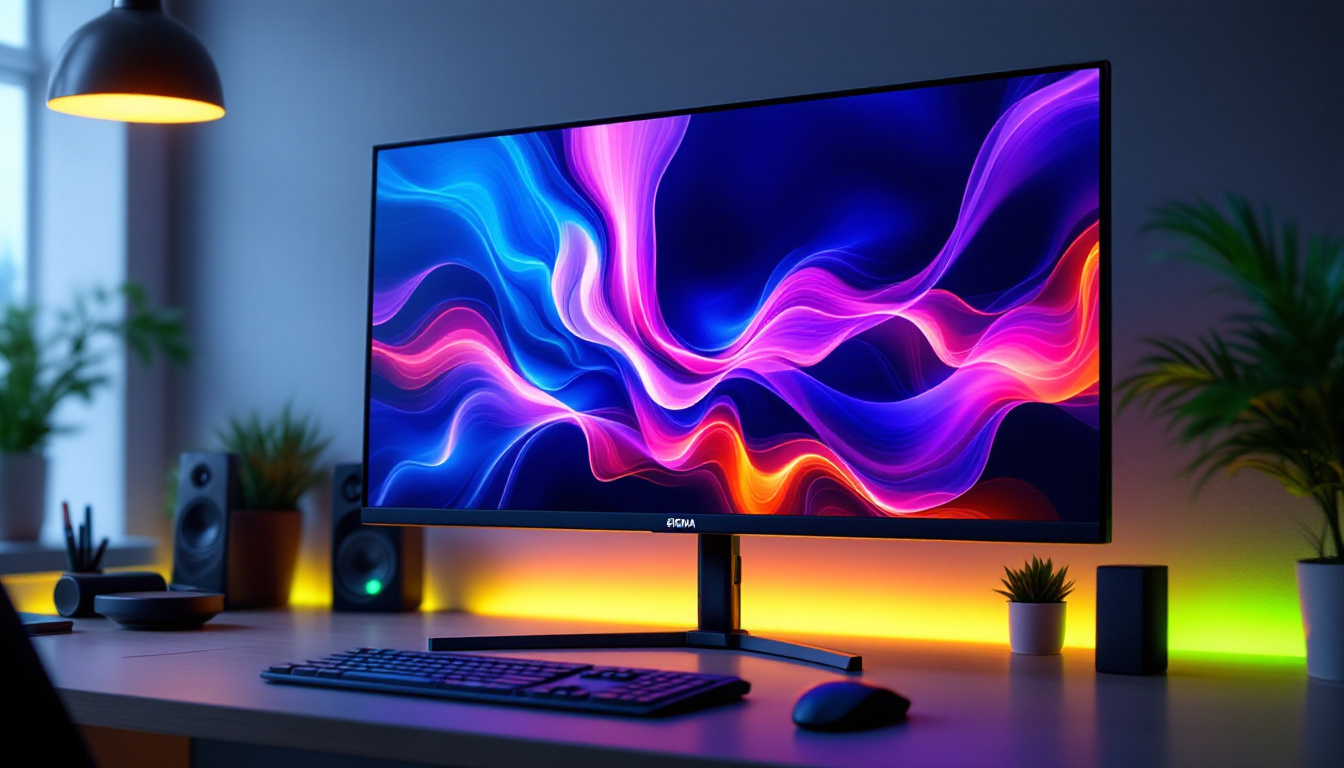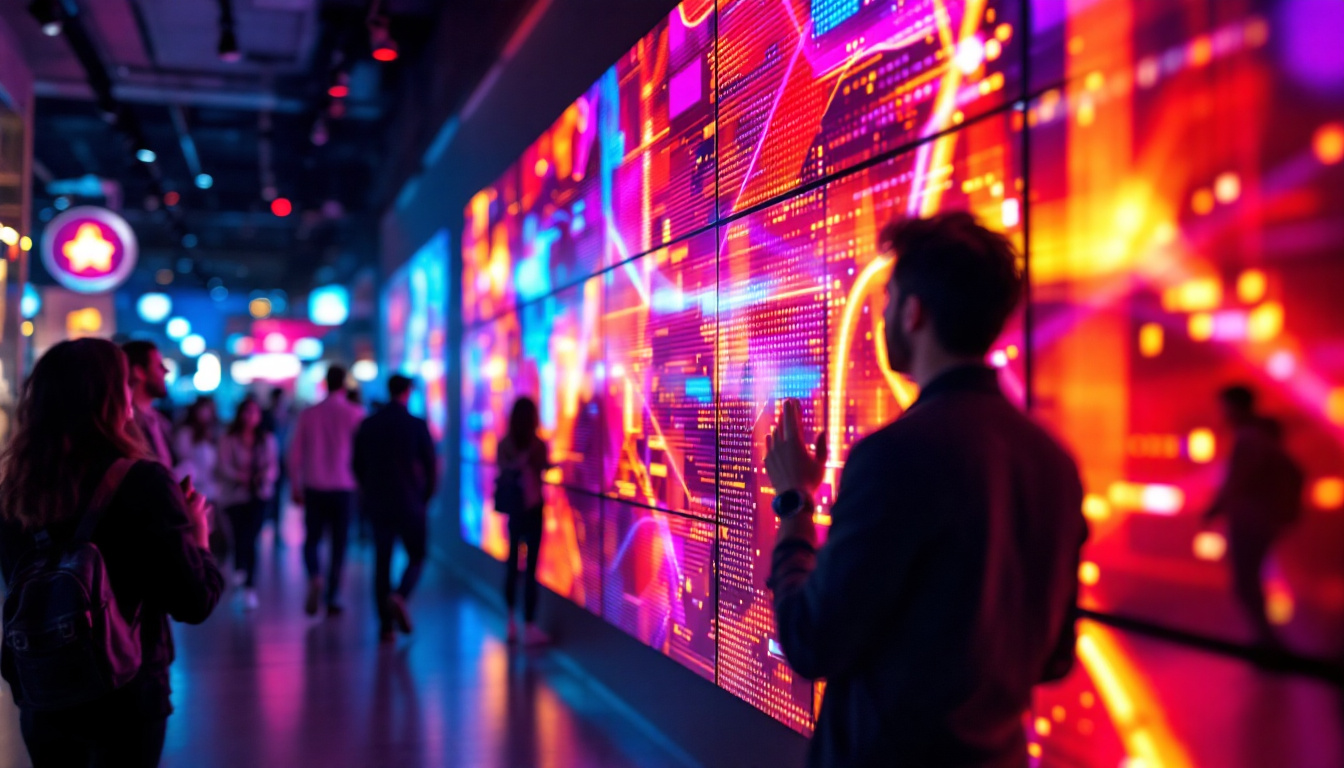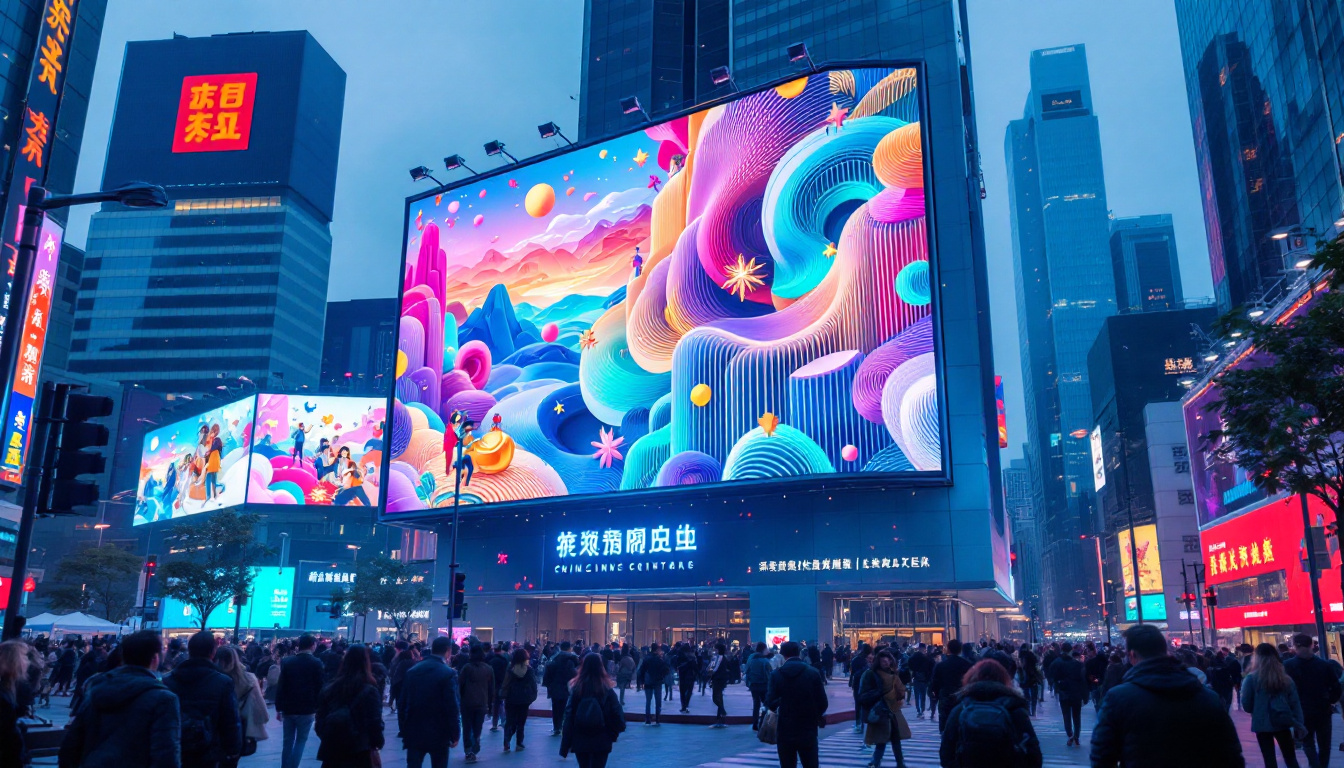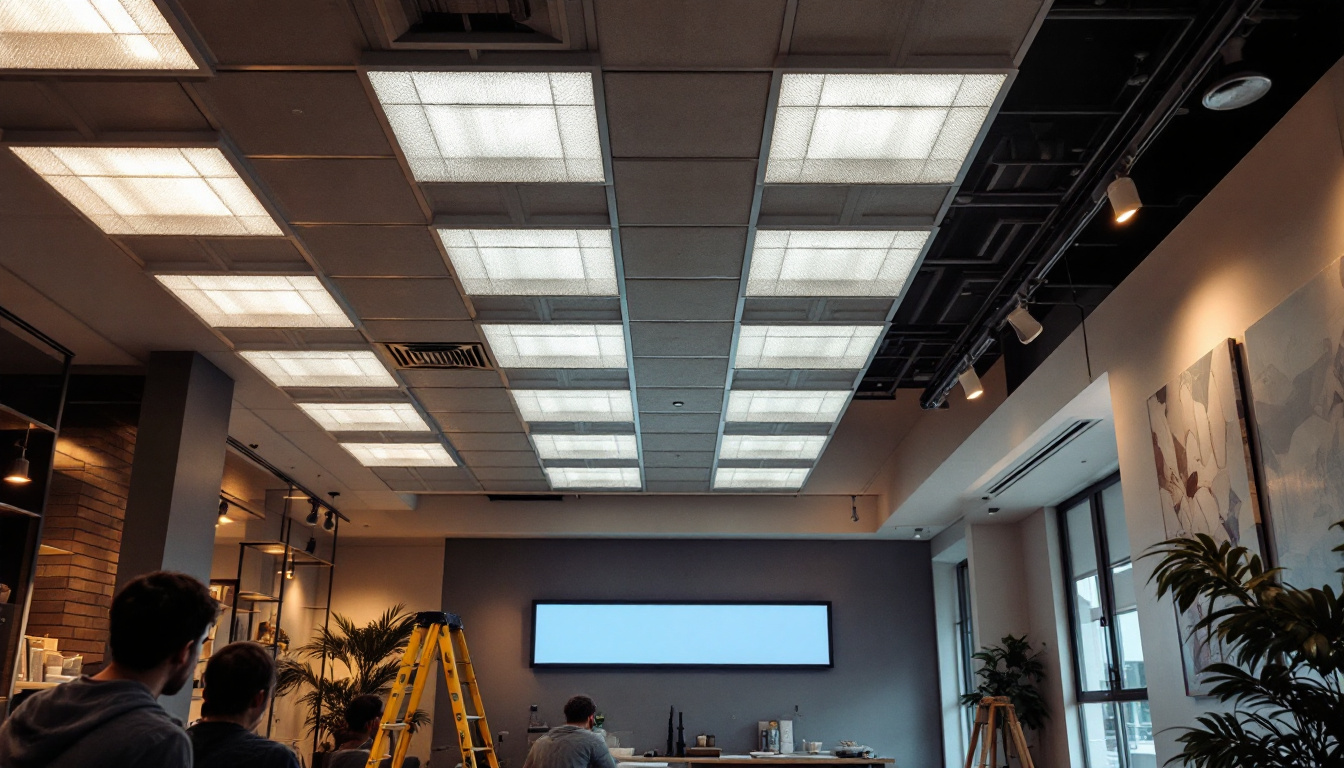In the modern world, visual communication is paramount. From advertising to entertainment, LED displays have become a staple in various industries. Understanding the intricacies of LED screen installation can significantly enhance the effectiveness of visual presentations. This article delves into the essential aspects of LED displays, their installation processes, and crucial considerations for achieving optimal results.
Understanding LED Displays
LED displays, or Light Emitting Diode displays, are electronic screens that use LEDs as their primary light source. They are favored for their brightness, energy efficiency, and versatility. Unlike traditional screens, LED displays can be used in a range of environments, from large outdoor billboards to indoor digital signage. Their ability to deliver vibrant colors and sharp images has revolutionized the way information is presented, making them an essential tool in marketing and communication strategies across various industries.
In addition to their visual appeal, LED displays are also known for their adaptability. They can be configured in various shapes and sizes, allowing for creative installations that can enhance the aesthetic of any space. For instance, curved LED displays are becoming increasingly popular in modern architecture, providing a seamless integration of technology and design. This flexibility not only captures attention but also engages audiences in a more dynamic way, creating memorable experiences that resonate long after the initial viewing.
Types of LED Displays
LED displays come in various types, each suited for specific applications. The most common types include:
- Direct View LED: These displays consist of individual LEDs arranged in a grid. They are often used for large-scale outdoor advertising due to their high brightness and visibility from long distances. Their rugged design also makes them resistant to weather conditions, ensuring that advertisements remain vibrant and effective regardless of the environment.
- LED Video Walls: Composed of multiple LED panels, video walls create a larger display area. They are ideal for events, concerts, and control rooms where immersive visuals are required. The modular nature of video walls allows for easy customization, enabling users to create unique layouts that can adapt to different content and audience sizes.
- Transparent LED Displays: These innovative displays allow light to pass through, making them suitable for retail environments where visibility through the screen is essential. They provide an engaging way to showcase products while maintaining an open and inviting atmosphere, blending digital content with physical merchandise.
Advantages of LED Displays
The advantages of LED displays are numerous, contributing to their widespread adoption:
- High Brightness: LED displays are exceptionally bright, ensuring visibility even in direct sunlight. This feature makes them particularly effective for outdoor applications, where traditional screens might struggle to compete with ambient light.
- Energy Efficiency: Compared to traditional displays, LEDs consume less power, making them a more sustainable option. Their low energy consumption not only reduces operational costs but also aligns with the growing emphasis on eco-friendly practices in business.
- Longevity: With a lifespan of up to 100,000 hours, LED displays require less frequent replacements, reducing overall costs. This durability is especially beneficial for businesses that rely on continuous operation, as it minimizes downtime and maintenance efforts.
Moreover, LED displays offer superior color accuracy and contrast ratios, enhancing the viewing experience. This capability is crucial for applications where precise color representation is necessary, such as in art galleries or fashion shows. The ability to display a wide range of colors with clarity ensures that the intended message is conveyed effectively, making LED technology a preferred choice for creative professionals.
Installation Process of LED Displays
Installing an LED display involves several critical steps, each requiring careful planning and execution. A successful installation not only ensures optimal performance but also enhances the overall aesthetic of the space.
Site Assessment
The first step in the installation process is conducting a thorough site assessment. This involves evaluating the location where the LED display will be installed. Factors such as lighting conditions, viewing angles, and potential obstructions must be considered.
During the site assessment, it’s essential to determine the optimal size and resolution of the display. Larger displays may be necessary for outdoor settings, while smaller, high-resolution displays might be more suitable for indoor environments. This assessment lays the foundation for a successful installation.
Structural Considerations
Once the site assessment is complete, the next step involves addressing structural considerations. LED displays can be heavy, and ensuring that the mounting surface can support the weight is crucial. This may involve reinforcing walls or installing dedicated mounting structures.
Additionally, the installation team must consider cable management and power supply requirements. Proper routing of cables not only ensures safety but also maintains the aesthetic appeal of the installation. A well-planned installation minimizes clutter and maximizes efficiency.
Installation Techniques
The actual installation of the LED display involves several techniques, depending on the type of display and the environment. For wall-mounted displays, brackets and mounting hardware are essential. The installation team must ensure that the display is level and securely attached to the wall.
For outdoor installations, weatherproofing is a critical consideration. Outdoor LED displays must be sealed properly to protect against moisture and dust. This may involve using specialized enclosures or coatings designed for outdoor use.
Post-Installation Setup
After the physical installation is complete, the next phase involves setting up the display for optimal performance. This includes configuring settings, calibrating colors, and ensuring connectivity.
Calibration and Configuration
Calibrating the LED display is essential for achieving accurate color reproduction and brightness levels. This process often requires specialized equipment and expertise. The goal is to ensure that the display looks consistent and vibrant across all viewing angles.
Configuration also involves setting up the content management system (CMS) that will control what is displayed on the screen. This system allows users to schedule content, manage playlists, and monitor the display’s performance remotely.
Testing and Quality Assurance
Once the calibration and configuration are complete, thorough testing is necessary. This involves running various content types to ensure that the display operates as expected. Any issues identified during testing should be addressed promptly to prevent future problems.
Quality assurance is a critical part of the post-installation process. Ensuring that the display meets industry standards and performs reliably is essential for maintaining customer satisfaction and trust.
Maintenance of LED Displays
Regular maintenance is vital for prolonging the lifespan of LED displays and ensuring consistent performance. Neglecting maintenance can lead to reduced brightness, color inconsistencies, and even complete display failure.
Routine Inspections
Conducting routine inspections is the first step in effective maintenance. This involves visually checking the display for any signs of damage, such as dead pixels or physical wear. Regular inspections can help identify issues before they escalate, allowing for timely repairs.
During inspections, it’s also essential to clean the display surface. Dust and debris can accumulate over time, affecting the display’s brightness and clarity. Using appropriate cleaning solutions and techniques is crucial to avoid damaging the screen.
Software Updates
Keeping the software of the content management system up to date is another critical aspect of maintenance. Software updates often include bug fixes, security enhancements, and new features that can improve the overall functionality of the display.
Regularly updating the software ensures that the display operates smoothly and securely. It also allows users to take advantage of the latest advancements in display technology.
Common Challenges in LED Display Installation
Despite the advantages of LED displays, installation can present several challenges. Understanding these challenges can help mitigate potential issues and ensure a smoother installation process.
Environmental Factors
Environmental factors can significantly impact the installation and performance of LED displays. For outdoor installations, weather conditions such as rain, snow, and extreme temperatures must be considered. Displays must be rated for outdoor use and equipped with adequate protection against the elements.
Indoor installations also face challenges, such as ambient lighting. Excessive glare from sunlight or artificial lighting can affect visibility. Proper positioning and calibration are essential to counteract these effects.
Technical Difficulties
Technical difficulties can arise during installation, particularly when integrating the display with existing systems. Compatibility issues with software or hardware can lead to delays and increased costs. Having a knowledgeable installation team can help navigate these challenges effectively.
Additionally, ensuring proper connectivity is crucial. Poor network connections can lead to lag or interruptions in content delivery, negatively impacting the display’s performance.
Future Trends in LED Display Technology
The LED display industry is continually evolving, with new technologies and trends emerging regularly. Staying informed about these trends can help businesses make informed decisions regarding their visual communication strategies.
Advancements in Resolution
One of the most significant trends in LED display technology is the advancement in resolution. Higher pixel densities allow for sharper images and more detailed content. As technology progresses, 4K and even 8K resolutions are becoming more accessible, offering stunning visuals that captivate audiences.
These advancements are particularly beneficial for applications such as digital signage and video walls, where clarity and detail are paramount. Businesses that invest in high-resolution displays can create more engaging and impactful visual experiences.
Integration with Smart Technology
Another trend is the integration of LED displays with smart technology. This includes features such as IoT connectivity, allowing displays to interact with other devices and systems. Smart displays can adapt content based on audience demographics, weather conditions, or real-time data, enhancing the relevance and effectiveness of the displayed content.
Moreover, the rise of artificial intelligence in content management systems is transforming how businesses manage their displays. AI can analyze viewer engagement and optimize content delivery, leading to more effective communication strategies.
Conclusion
LED displays have revolutionized the way information is presented and consumed. Understanding the installation process, maintenance requirements, and future trends can empower businesses to leverage this technology effectively. By investing in quality LED displays and ensuring proper installation and maintenance, organizations can enhance their visual communication strategies and leave a lasting impression on their audiences.
As technology continues to advance, staying informed and adaptable will be key to maximizing the benefits of LED displays. Embracing these innovations not only improves visual experiences but also positions businesses at the forefront of their industries.
Explore Cutting-Edge LED Display Solutions with LumenMatrix
Ready to elevate your visual communication and create unforgettable experiences? LumenMatrix is at the forefront of LED display innovation, offering a wide array of solutions tailored to your needs. From the vibrancy of an Indoor LED Wall Display to the dynamic impact of a Custom LED Display, our technology is designed to captivate and engage your audience. Discover how our LED Sports Displays, Floor LED Displays, and more can transform your space and message. Don’t miss the opportunity to be a leader in digital signage. Check out LumenMatrix LED Display Solutions today and step into the future of visual storytelling.

